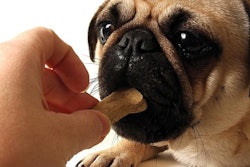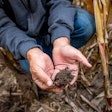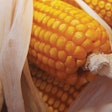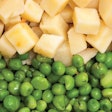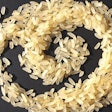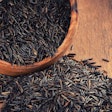
The incorporation of ancient grains could expand taste, nutritional enhancement and marketing opportunities as consumers continue to explore new options for themselves and their pets. | Maksim Pasko.Fotolia.com
In April 2017 in “Ingredient Issues,” the topic was a broad-brush overview of carbohydrate sources that we could consider for the next generation of pet food products when we finally exhaust the options that are “grain-free.” While the typical commodity grains have been the staple to pet food for decades and the legume seeds and tubers have been the popular marketing catchphrase, the next group might be the “ancient grains.” The connotation of this group is that these are “heirloom” or “heritage” grains. But what constitutes this group, which grains fit into it and what attributes might they afford a modern pet food manufacturer?





